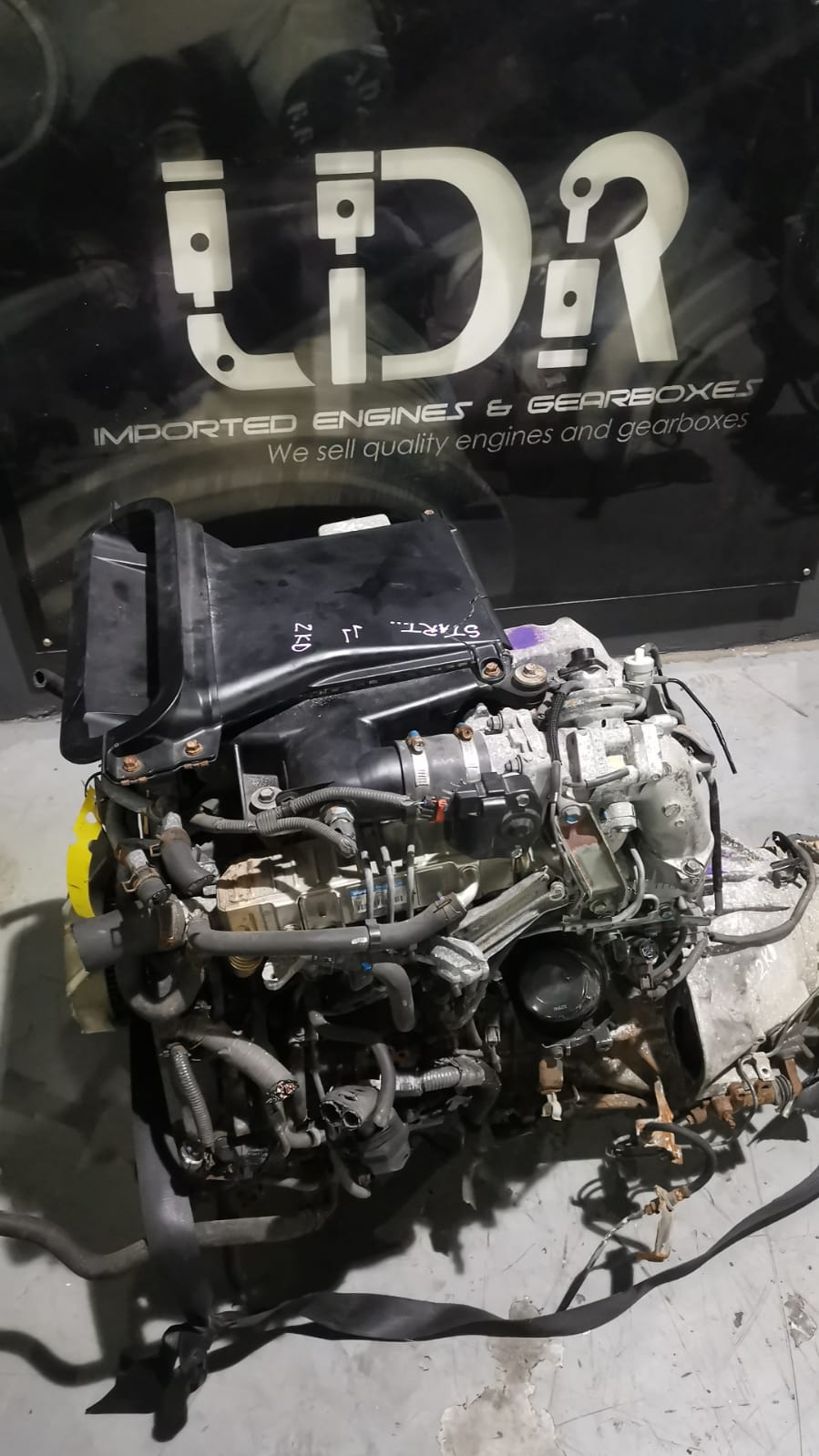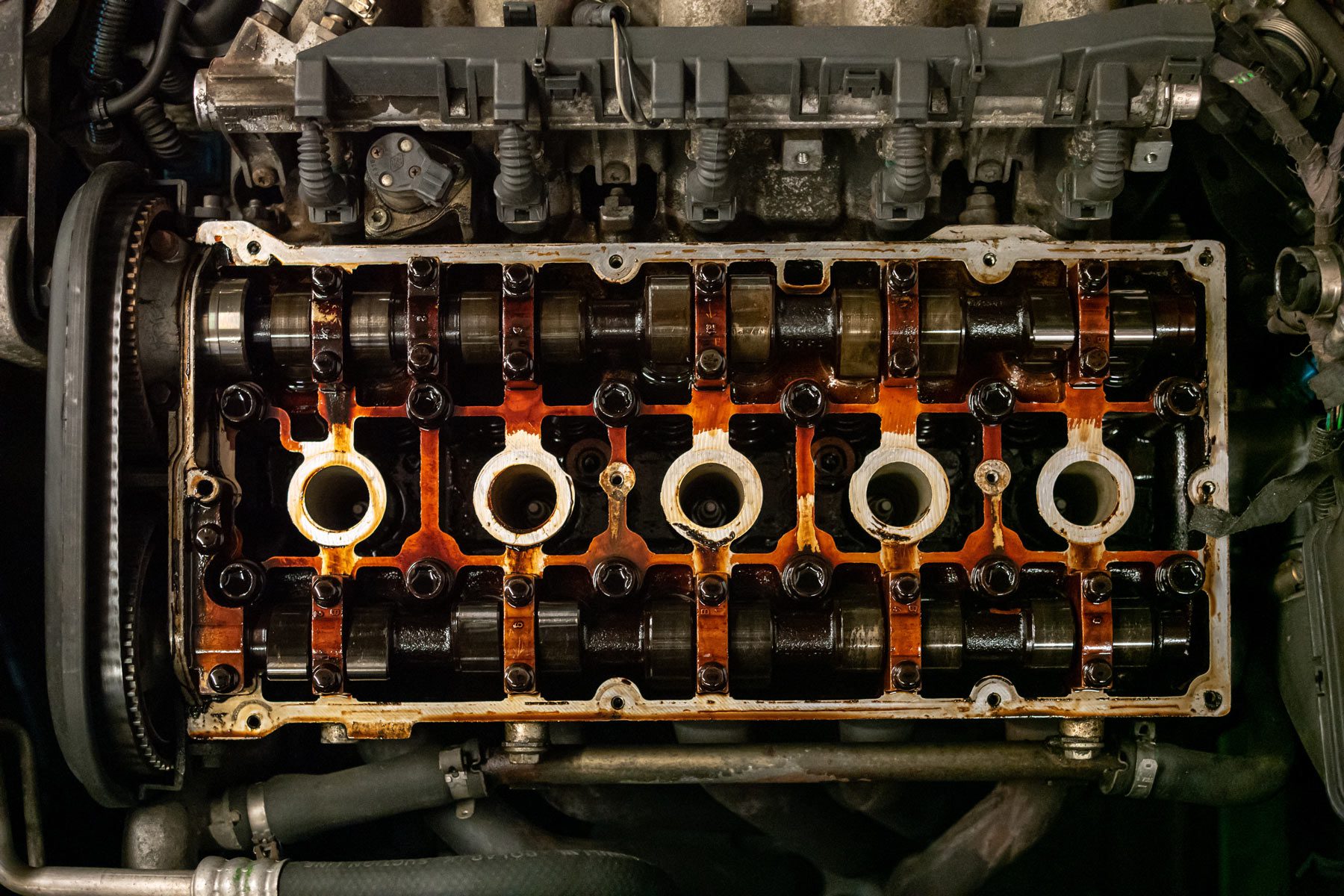Inexpensive Import Engines: High Quality Solutions for Your Budget plan
Exploring the most recent Technological Developments in Import Engines and Exactly How They Boost Driving Experience
In the world of automobile design, the landscape of import engines is undertaking an extensive change driven by innovative technical innovations. From the evolution of turbocharged engines to the combination of crossbreed technology, the current advancements are transforming the driving experience in ways previously unbelievable. As import makers press the limits of performance and efficiency with improved fuel injection systems and sophisticated engine management services, the question arises: How do these advancements absolutely influence the means we engage with our vehicles when driving?

Advancement of Turbocharged Engines
In the auto sector, the evolution of turbocharged engines has actually significantly transformed the landscape of efficiency and performance. Turbocharging, as soon as largely seen in high-performance cars, has now become a mainstream innovation embraced by a large variety of cars, from small hatchbacks to luxury sedans. The basic concept behind a turbocharged engine is basic yet reliable - by compeling even more air into the burning chamber, it permits even more gas to be burned, leading to enhanced power output.
One of the vital advantages of turbocharged engines is their ability to deliver more power from smaller, extra fuel-efficient engines. This scaling down trend has led to a decrease in discharges without compromising performance, making turbocharging an attractive alternative for automakers striving to satisfy rigid ecological guidelines. Turbocharged engines supply boosted torque at reduced RPMs, offering chauffeurs with an extra dynamic and receptive driving experience.
As modern technology remains to development, we can expect more advancements in turbocharging, resulting in even better degrees of efficiency and effectiveness in the automotive market.
Innovations in Gas Injection Equipments
Modern gas shot systems have actually advanced to supply fuel much more efficiently and precisely right into the engine cyndrical tubes, boosting general engine performance and gas efficiency. One of the vital developments in fuel shot systems is the change from typical port fuel shot (PFI) to even more sophisticated straight gas injection (DFI) modern technology.
Moreover, the integration of digital control units (ECUs) and sensors in fuel shot systems has enabled for real-time changes to fuel shipment based upon different variables such as engine tons, temperature, and driving problems. This level of precision ensures ideal fuel-air blend proportions, taking full advantage of engine effectiveness while reducing fuel intake and emissions. Furthermore, innovations in fuel injector layout, materials, and spray patterns have actually added to cleaner combustion and smoother engine procedure. To conclude, the continuous innovations in gas shot systems play a vital function in enhancing driving experience by giving improved performance, fuel economic situation, and environmental friendliness.
Integration of Crossbreed Innovation
The advancement of fuel shot systems towards higher effectiveness and performance has actually established the phase for the seamless combination of hybrid technology into modern-day engines. Crossbreed technology incorporates the use of traditional inner burning engines with electric propulsion systems, using boosted gas review effectiveness and minimized exhausts. By incorporating electrical motors and batteries right into the powertrain, crossbreed engines can supplement the inner combustion engine during acceleration or low-speed driving, thereby improving total performance.

Enhanced Engine Management Equipment
What are the vital innovations in engine management systems that are improving the efficiency and performance of modern-day engines? Engine management systems have undertaken considerable advancements to enhance engine efficiency and efficiency. One vital innovation is the integration of advanced sensors that continually keep track of various criteria such as engine temperature level, air-fuel proportion, and exhaust emissions. These sensors provide real-time data to the engine control device (ECU), permitting accurate adjustments to be made to optimize combustion procedures and fuel effectiveness.
Moreover, contemporary engine administration systems make use of advanced formulas and man-made intelligence to analyze the information accumulated by sensing units and make dynamic modifications to variables such as ignition timing, gas injection, and turbocharger increase stress. This degree of accuracy and flexibility lead to boosted engine responsiveness, enhanced power outcome, and decreased gas intake.
Furthermore, engine management systems now feature advanced diagnostic capabilities that can find and resolve concerns such as misfires, sensor malfunctions, and fuel system abnormalities in real-time, therefore improving overall engine dependability and longevity. These improvements in engine monitoring systems play an important role in improving the driving experience by delivering optimal efficiency, fuel effectiveness, and reliability.
Influence of Lightweight Materials
Including light-weight products in engine production has changed the vehicle market's strategy to improving fuel effectiveness and performance. Making use of products such as carbon aluminum, titanium, and fiber has dramatically lowered the total weight of engines, resulting in improved power-to-weight ratios and raised fuel economy. These light-weight materials supply a greater strength-to-weight ratio compared to conventional products like steel, enabling for better resilience without jeopardizing efficiency.
Among the vital benefits of making use of lightweight materials in engine construction is Going Here the decrease of inertia, resulting in quicker engine feedback times and improved total vehicle dexterity. Additionally, the lighter weight contributes to reduce power consumption, making lorries a lot more eco-friendly by decreasing discharges.
Additionally, the application of lightweight products in engine elements such as pistons, attaching poles, and crankshafts has actually enabled designers to press the boundaries of efficiency without giving up integrity (import engines). This advancement has led the way for extra effective and powerful engines that supply a remarkable driving experience while meeting rigorous exhausts criteria
Verdict
In final thought, the most recent technical technologies in import engines have substantially improved the driving experience. From the development of turbocharged engines to advancements in fuel shot systems, combination of hybrid technology, enhanced engine monitoring systems, and the usage of light-weight products, these advancements have collectively improved performance, gas performance, and overall driving characteristics. As technology remains to development, we can expect much more amazing growths in the future of import engines.
Modern fuel shot systems have advanced to supply fuel extra efficiently and specifically into the engine cyndrical tubes, improving overall engine efficiency and gas effectiveness - import engines. By incorporating electrical motors and batteries right into the powertrain, hybrid engines can supplement the internal burning engine during acceleration or low-speed driving, consequently improving total efficiency
What are the key advancements in engine administration systems that are read the article boosting the performance and performance of modern-day engines? Engine management systems have actually gone through significant advancements to enhance engine efficiency and effectiveness. From the development of turbocharged engines to improvements in gas shot systems, integration of hybrid modern technology, boosted engine monitoring systems, and the usage of lightweight products, these developments have actually collectively boosted performance, fuel performance, and overall driving characteristics.